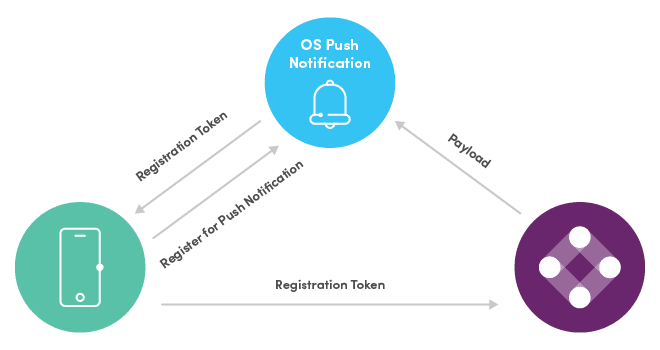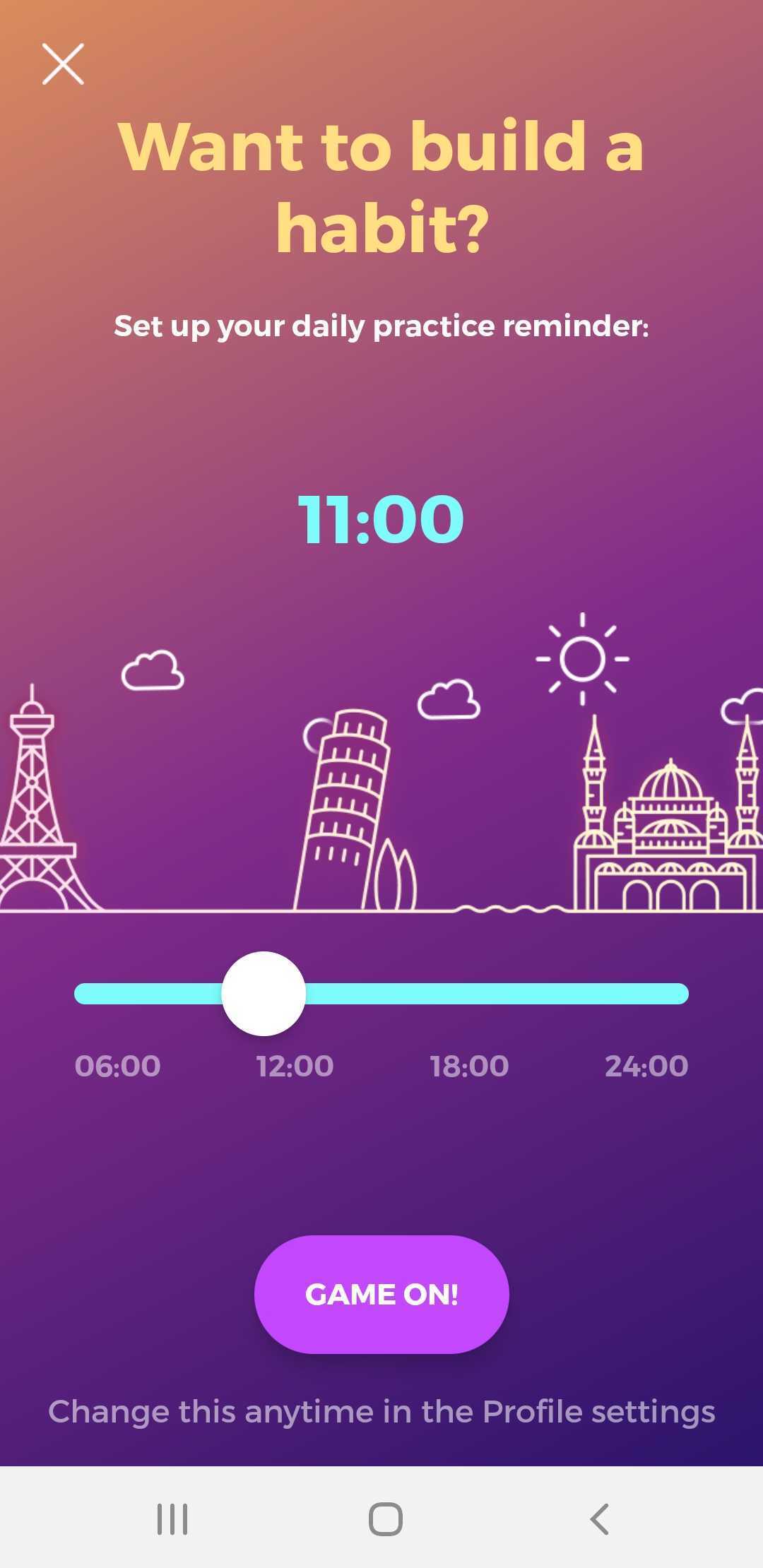The global coronavirus pandemic has drastically expedited the digital transformation of marketing and business operations. With consumers on their mobile devices more and more each year, the pinnacle of the customer experience reaches consumers where they are. It’s time to up your mobile marketing game.
In our latest installment of “Ask an Iterator,” we ask Saylee Joshi, Senior Solutions Architect at Iterable, the most common mobile marketing questions she receives, so you can get started on—and make the most of—your cross-channel journey.
Ask an Iterator: Saylee Joshi


As a Solutions Architect, Saylee is passionate about combining data strategy with marketing analytics. Prior to joining Iterable, she championed mobile technology with location services. When Saylee’s not sharing her expertise on all things mobile marketing, she enjoys working on different watercolor painting techniques.
Saylee is here to answer the mobile questions she receives most often when working with clients. Let’s dive right in!
How do push notifications actually work?
Push notifications are short messages that pop up on the user’s mobile device. These messages may serve one or more of the following purposes:
- They nudge the user to take a specific action
- They can bring users back to the application
- They can also be used to convey the value of your application
Going a layer deeper, let’s look at the main components of mobile push notifications:
- Push notifications service on mobile devices – Each mobile operating system (e.g. Android, iOS, FireOS) has its own push notification policies.
- Push notifications provider – The provider (in our case, Iterable) authenticates itself with the OS push notification service (OS PNs).
- Mobile client app – This is your mobile application ready to receive push notifications sent by a provider.


The process of sending push notifications doesn’t have to be overly complex.
As you can see in the diagram above, when you create a push campaign in Iterable, Iterable authenticates the push configuration, identifies the active devices and sends the campaign to the users. It is worthwhile to remember that different mobile operating systems (OS) may treat push notifications differently given the variance in underlying OS policies.
How do I get users to opt in to push notifications?
Push notifications are an integral part of your mobile marketing strategy, as 65% of users return to an app within 30 days of install if the push is enabled.
While iOS requires an explicit opt-in to push notifications, users can also change these preferences later in their device settings. So that leaves us with a question: how do you get users to opt into the push notifications?
It is recommended to build the entire communication flow for new users and explain to them why certain permissions are required for your application or enhance the experience. You can also employ other mobile channels, such as in-app notifications, to show what information you will send them via push.


Language learning app Drops allows users to set their preferences, making personalization that much easier. Source: Drops
If users deny the permissions, understand which channels they’re engaging with most and what content keeps them active. Let them first get acquainted with the application using other mobile channels, such as SMS or in-app messaging. In a few days show them another in-app message explaining how their experience will be better with the push notifications.
Why do I need a mobile inbox? How does it work?
In-app messages play an important role in delivering additional information about your products or promotions. They are displayed when the user is actively engaged in the application.
However, in-app messages are deleted as soon as users read and close them. Give your messages a longer shelf life by storing them to revisit later in the mobile inbox, thus adding a layer of versatility to the application.
With a mobile inbox, you can:
- Store system updates or app updates for users to revisit in the future
- Make using your app easier by offering more evergreen content, like onboarding guides
- Store when the user is doing a certain activity, such as scanning, searching, or watching a video. Instead of displaying this as an in-app message, store it in the mobile inbox so users can see the message later.
Iterable’s Mobile Inbox feature uses silent push notifications to deliver the message, giving users the chance to view it without interrupting their experience with your app. It’s a key extension of the in-app messaging feature. With the mobile inbox, you are gaining a dedicated channel to reach your users at their convenience.
How can I increase my active users?
Congratulations on producing a healthy number of active users! Now, let’s understand what keeps your users engaged with your brand. Over 1 in 3 consumers have engaged with a new brand as a result of the innovative or compassionate way they’ve responded to the pandemic.
When focusing across multiple mobile channels, look for trends in user activities:
- Gather the data to gain a better understanding of the user journey
- Send users communications triggered by their unique path in the application and personalize the communication using the data you gathered in the process
- Use the right channel and use multiple channels. Create a unified experience by using a mobile channel to complete the communication from their web or email interactions.
- A data-driven understanding of the user journey works like magic to send personalized communications and keep users engaged more frequently and for longer periods of time.
How do I get users to complete a conversion?
Mobile traffic has steadily increased in recent years, but conversion rates still show consumers are using desktop as their preferred conversion channel. Looking at the primary goal of your business, think about which user behaviors would benefit your business.
Once you have identified key moments in your user journey, the next step is to note the key turning points in the user journey. Consider documenting the action/behavior that qualifies as a step closer to your primary and secondary conversion goals. Then identify the right triggers and automate the personalized in-app communication.
Don’t forget to formulate the custom conversions that will take the user to your long-term goals. For instance, if your primary goal is getting more premium subscribers, then your secondary goal could be building a relationship with trust, expressing your brand value to resonate with your users. Identifiable actions, in this case, could feature usage data.
Once you have a clear picture of your goals and milestones, nudge the users one step closer to your conversion goals. Never stop optimizing the campaign. You can run an A/B test to experiment with different variations.
If you’re using the Iterable platform, try Send Time Optimization (STO) to send the campaigns. STO takes the guesswork out and lets AI decide when is the best time to send a campaign to a user. Ultimately, show them you care and value your users.
How do I increase user retention with mobile channels?
Getting the most out of your mobile campaigns means deciding which in-app interactions are most valuable. Deploying the right form of an in-app message can improve user retention across mobile channels.
For example, using a banner for a quick update is a non-intrusive way to keep users informed. On the other hand, using a mobile inbox can be helpful in ongoing promotions, since it will let users access the promo code even after the in-app message is closed.
Suppose you have a weekly promotion. In this case, you can send an in-app notification and store it in the mobile inbox until it expires.
Push notifications are also a powerful way to send a message outside of an application. Use the right channel for the right message. Send time-sensitive messages or reminders via SMS, push notification, or email; send others through in-app or mobile inbox. Your users are your most valuable assets, so focus your energy and strategy on them and a loyal user base will follow.
What is mobile optimization, and how can I use it to improve the user experience?
You want your marketing content equally accessible from a desktop website and a mobile application. Mobile optimization refers to the optimal display of the content and the usability factor of the mobile or web app on mobile devices.
Out-of-place buttons or counterintuitive application design can lead to a frustrating user experience. Frustrations create friction and can lead to increased churn. Why limit mobile optimization efforts to your mobile or web apps, when you can optimize every channel to meet the standards of your brand delivery?
While email may seem like a less obvious channel for mobile marketing, most emails are now opened on smartphones. Make sure your emails are mobile-friendly and responsive to the different screen sizes.
Add responsive design to your websites. The key is to keep mobile users in mind while building the responsive design; as part of this effort, make the images lighter and faster, optimize the web page loading—all in all, make the experience leaner.
Optimizing the web, mobile app and email are great starting points for mobile optimization but in order to fully optimize the mobile experience, increase the ways you interact with your users:
- Advertise the latest deals and promotions by using multiple channels such as email, in-app, and SMS.
- Keep the message stored in the mobile inbox until the promotion expires or the user deletes the message. A mobile inbox lets you keep the promotional offers for users to revisit them, boosting the conversion rate.
- Send a text message. Create highly targeted campaigns with SMS and keep your communications personal and simple.
- Use push notifications to engage users outside of the application (web or mobile).
Use user interactions from the web to send messages to them in the mobile app. Connect the channels together by collecting the right engagement data in real time, and let that data empower your dynamic segmentation.
Lastly, test, test, test! More than ever, users are initiating interaction via mobile devices. If a campaign doesn’t trigger a spark between your brand and your consumer, pivot your strategy. Use A/B tests to experiment with different variations. Never stop optimizing!
Take the Next Step With Iterable
Your customers have high expectations for your brand. They want to feel connected, respected and valued. To accomplish this, you must build an unforgettable customer experience—one that’s cross-channel, cohesive and personal.
In this Q&A with Saylee Joshi, we reviewed several strategies to empower your users with optimized and personalized communication. Mobile marketing is the crucial lynchpin of successful marketing campaigns. As you embark on the journey of crafting your own mobile marketing strategy, we are here to support you in a variety of ways.
Take a step closer to your customers this year and request a demo with our team! You’ll be connected with someone from Iterable who, like Saylee, is passionate about progress and personalization.





























